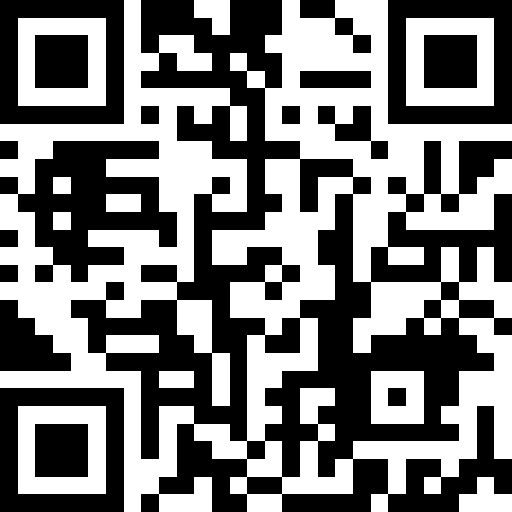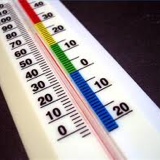Information
-
PEEP Record for:
-
ID No.
-
Course / Department
-
Prepared by
-
Other Personnel involved
-
A Personal Emergency Evacuation Procedure ( known as a PEEP), is a procedure designed to outline the emergency requirements of a member of staff or student who may require assistance where their disability / Illness affects their method of egress in an emergency.
General Information
-
Which campus are you normally at?
-
Which building/s are you normally in?
-
Which floor/s are you normally based on?
-
Which room/s are you based in for most of your time at college?
-
On which days are you expected in college?
Awareness of emergency evacuation procedure
-
Are you aware of the emergency procedures for the areas where you are based?<br>
-
Do you require written emergency procedures to be supported by BSL interpretation?
-
Do you require the emergency evacuation procedure as an audio file?
-
Do you require the emergency evacuation procedures to be in large print?
-
Are the signs which mark emergency routes and exits clear enough?
Emergency alarms
-
Can you hear the fire alarm in the areas where you work or are based?
-
Could you raise the alarm if you discovered a fire?
Assistance
-
Are you able to leave your work area without assistance in the event of an emergency?
-
If assistance is needed, do you have a nominated person to help you in an emergency?
-
Is this arrangement a formal one?
-
Are you always in easy contact with those who are designated to help you?
Getting out
-
Can you move quickly in the event of an emergency?
-
Are you able to use stairs to enter/leave buildings without difficulty?
Hearing impairment
-
Can you hear the fire alarm under normal circumstances?
-
Do you have adequate devices to allow you to hear the alarm clearly? <br><br>If 'no', please make a note below of any special or purpose designed device that could assist you in hearing the alarm more clearly.
-
Are there sufficient measures in place that would assist you in leaving the building safely in the event of an emergency?<br><br>If 'no', please make a note below of what additional measures could help:<br>For example:<br>Would written emergency procedures help?<br>Would emergency procedures with BSL interpretation help?<br>Would an assistant/buddy system help?
-
Are you happy that all issues are covered above?<br>If 'no', please make a note of any additional concerns below
Visual impairment
-
Are you able to leave the area/building safely in the event of an emergency?
-
Are you able to move around the building without aids or assistance?<br>If 'no', please make a note of the equipment or support that you have access to - this could include use of a cane, guide dog, support worker etc
-
Under normal circumstances, how long does it take you to leave the area/building using your current support methods?
-
Are there sufficient measures in place to assist you in leaving the area/building in the event of an emergency?<br>If 'no', make a note below of any additional measures that may be of assistance. <br><br>These could include:<br>Emergency procedures in large print, buddy system etc.
-
Are you happy that all issues have been covered above? <br>If 'no', please make a note of any additional concerns below
Mobility impairment
-
Can you leave the building unassisted?<br>If 'no' what support is necessary to assist you?<br>This could include:<br>Use of a wheelchair, or use of a support person etc
-
If you use a wheelchair, are you able to leave the chair and move short distances if required?
-
Is your wheelchair a standard size and able to fit through standard size doors?
-
Have you ever been shown how an evac chair operates to assist you in leaving the area in an emergency?<br>If 'no', please make a note below to provide information about:<br>Would you be able to use a chair if required?<br>Would you like a familiarisation session to show you how they work?
-
Are you able to transfer to an evacuation chair?
-
Has the concept of 'fire refuge points' been explained to you? Do you know where they are located?
-
Do you have access to a support person or buddy who would assist you and stay with you in an emergency?
-
Are there sufficient measures in place to assist you in leaving the area in the event of an emergency? If 'no', please make a note below of any additional measures that you feel would assist you.<br><br>These could include: relocation of the class to a ground floor level, implementing buddy systems, provision of emergency procedures in a format suitable to the individual.
-
Are you happy that all issues have been covered above?<br>If 'no', please make a note below of any additional concerns that you may have.
Tour of the work area/building that you most commonly use.
-
Is the directional and instructional signage adequate and relevant?
-
(If you have a partial mobility or visual impairment) - do you routinely negotiate stair wells and/or lifts?
-
If you use stairs, are the edges of the treads of the stairs adequately identified?
-
If you use lifts, is there easy access/egress from the lift and is the lift easy to operate?
-
If you use a lift, is there an emergency telephone or other communication method installed in the lift?
-
There will be fire doors with self closing devices on your exit routes - are you able to negotiate these doors without too much hindrance?
-
If there are internal or external steps on your exit route, can you negotiate these without too much hindrance?
Summary of arrangements
Means of notifying person of fire evacuation
-
Individual is notified of fire evacuation by:
- Existing fire alarm
- Pager device
- Visual alarm system
- Other
Designated Assistance (name and contact details of persons designated to assist in evacuation)
Method of Assistance (e.g. Transfer procedures, method of guidance etc.)
Equipment Provided (including means of communication)
Evacuation Procedure
Safe Exit Routes
PEEP Sign Off
-
Student / Staff Signature:
-
Additional Support / Manager Signature:














